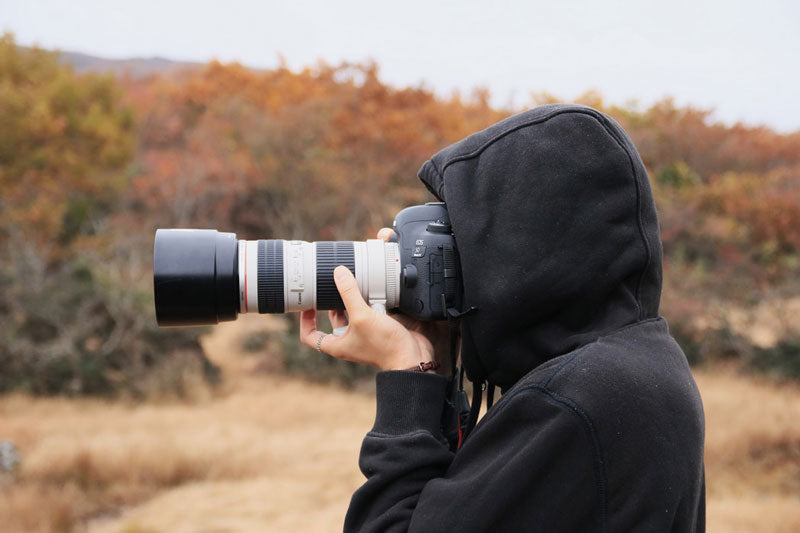Offer
Provide additional details about the offer you're running.
Provide additional details about the offer you're running.
Provide additional details about the offer you're running.

As part of our series with our good friend and all-around awesome photographer Justine McNeely, we were once again able to squeeze some awesome information out of her.
When it comes to photographing birds, Justine is one of the best here in the Ottawa area – one visit to her Facebook Page will likely turn you into a believer as well.
All told, we were fortunate enough to put together a number of videos with Justine, going over a variety of tips to help novice photographers get their feet wet and start their journey into the world of birding photography.
Previously we went over a few popular lens sizes as well as provided tips on how to get off of auto-focus and getting to use your own settings when photographing birds.
In this final installment with Justine, we once again go over a few helpful tips for those just starting out in bird watching photography. So if you’ve got your camera and lens ready to roll, have experimented with a few basic settings, here are some ways to best frame your shot while out in the field.
For many bird photographers, some of the best days to capture vivid images of our feathered friends happen when there is very little sunlight to contend with. Overcast days are an outdoor photographer’s dream but are simply not always guaranteed when planning an outing.
If you happen to be out in the field on a sunny day, keep the position of the sun in mind and always attempt to keep the sun at your back, saving you the hassle of fighting off glare and flare.
Much like using binoculars, before heading out on an excursion, get your equipment ready to roll. Justine recommends walking with your lens fully extended in the highest zoom position, enabling you to raise the lens and adjust your focus in a reverse sequence, which often allows you to frame your subject high in the trees much faster.
Above all else, remember to have fun out there and to be respectful to the birds and our environment. Getting too close for photo opportunities with large raptors such as owls can often mean the difference between them having the ability to find their next meal or not. The same goes for active nests, eggs, and baby eggs – always ensure to give them the right amount of space, especially during this delicate time of year.
If you are looking to continuously improve your bird photography game, the secret to success is to shoot and shoot often!
High Quality Blend